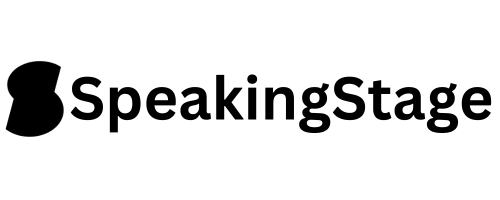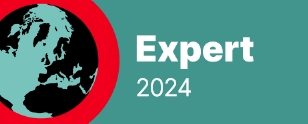The demise of the medieval knights came in the Battle of Crécy, in 1346, when English troops faced off against the French during the Hundred Years’ War.

What medieval knights can teach about disruption – essay bei Veit Etzold for BCG perspectives
A company’s greatest strength can become its greatest weakness—like the armor of the medieval knights, which became useless as warfare evolved. In my latest essay for BCG perspective, I show, how successful companies do not wait for others to disrupt them. They disrupt themselves. They dare to think that their current advantages can be neutralized or even turned against them.
Here you find the article. For your convenience, it is also shown below.
The French troops, who had a fivefold advantage in numbers, were clad in armor—armor that had helped them prevail many times before, including at the Battle of Hastings during the Norman conquest of England. But now, more than two centuries later, the English army had the edge. Armed with longbows, its archers had a deadly advantage in terms of range and accuracy. They could also fire with enough force to penetrate certain types of armor.
The French knights were cut down by a hail of arrows. Knights were shot out of their saddles and lay helplessly on the ground, their heavy armor making it difficult for them to rise. They were easy prey for the English troops, who made short work of them. Thus, an advantage—heavy armor—was turned into a disadvantage.
Disruption in the Business World
The knights are long gone, but the underlying story continues in the business world. Disruption happens when companies make the same mistakes as the medieval knights. Think Kodak, Blockbuster, Atari.
The reason why most companies fail to adapt to disruptive change is that they cannot imagine a world without their successful business. Established airlines could not imagine that low-cost carriers, with their no-frills offerings, could gain such a cost advantage. Uber and Airbnb are disrupting the transportation, travel, and tourism industries. Netflix upended the home video industry. Platforms like Spotify have radically altered the music industry.
The stunning fact about disruption is that most disruptors attack an industry they had never been part of. Paypal was not invented by a bank, Skype was not invented by a phone company, and iTunes was not invented by a record company.
From Narrow to Open Thinking
So, how can leaders foresee disruptive forces that might destroy their business models? There is no easy answer, but one step is to expand rather than narrow your thinking.
In a TED@BCG talk, BCG’s Luc de Brabandere asked two questions: The first: “An example of a car is….?” It’s easy to answer this question, because the amount of answers is limited to the amount of car makers: Volkswagen, Ford, Toyota, and so on. His second question was not as straightforward: “A car is an example of…?” Here, the range of potential answers is unlimited: a car could be an example of mobility, status, or desire but also of danger, accidents, or pollution.
When you see a car as an example of mobility, not status, you could conclude that there might be people for whom the utility offered by a car eclipses the status conferred by its possession. With that lens, start-ups like Uber begin to make a lot of sense. You could also think of a car as an example of transportation and delivery. And suddenly you have Uber drivers delivering parcels and posing a threat to logistics companies.
If we remember the words of Shimon Peres, quoted above, the first question—An example of a car is?—deals with remembering, which is easy because we know the past. The second question—A car is an example of?—deals with imagining, which is harder because the possibilities are so wide open.
Disrupting Oneself
Nimble start-ups are adept at developing innovative business models. Bigger, more established companies, on the other hand, tend to be preoccupied with executing or optimizing their existing business models rather than discovering new ones. One type of company drives disruption, the story goes, while the other is victimized by it.
The question, if you’re an established company (in our analogy, a medieval knight), is whether it’s possible to continue to implement a business model—particularly one that’s contributed strong growth and performance—and discover a new one at the same time. Can a company be that agile? According to Stefan Gross-Selbeck, a managing director at BCG Digital Ventures, the answer is yes. In a TED@BCG talk, he uses the example of Netflix to show how. Netflix started as a disruptor, using mail-order delivery of videos to create a huge business. With the rise of broadband Internet, however, it discovered a new business model centered on distribution via streaming media, effectively undercutting the approach that made it so successful to begin with.
Disrupting oneself is not easy. You have to be willing to question the things that have made you successful in the past. Your greatest strength—your armor, so to speak—could be rendered obsolete. It might even become a liability.
- A company’s greatest strength can become its greatest weakness—like the armor of the medieval knights, which became useless as warfare evolved.
- In business, new players can disrupt existing business models and upend the business architecture of entire industries.
- Successful companies do not wait for others to disrupt them. They disrupt themselves. They dare to think that their current advantages can be neutralized or even turned against them.







